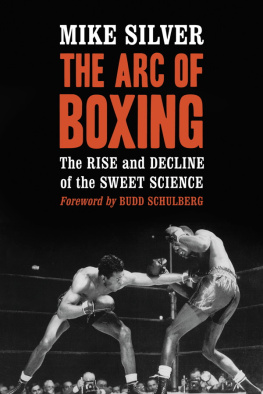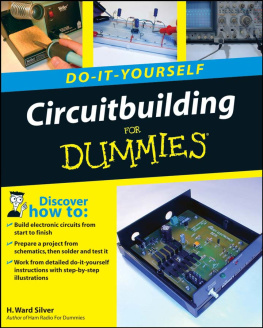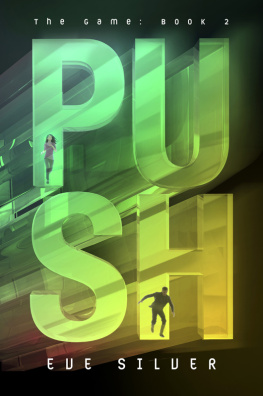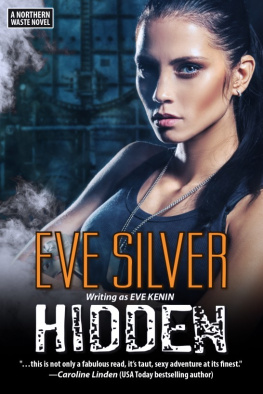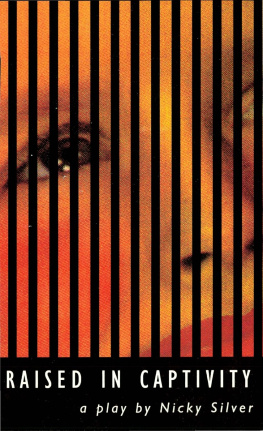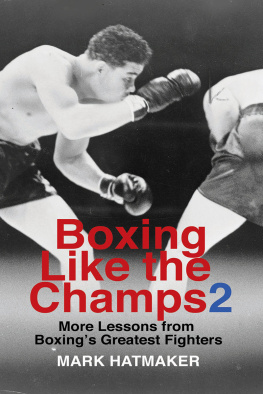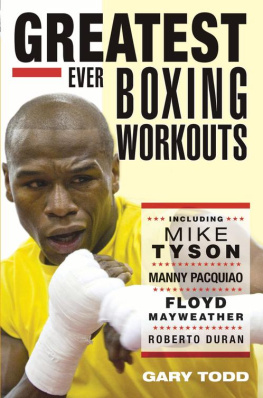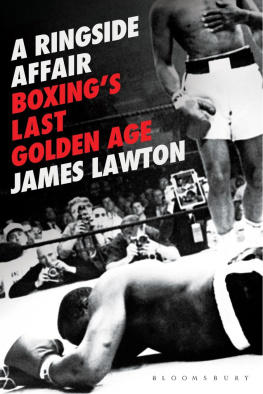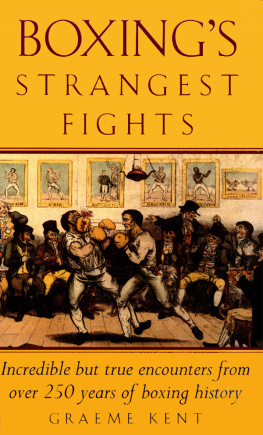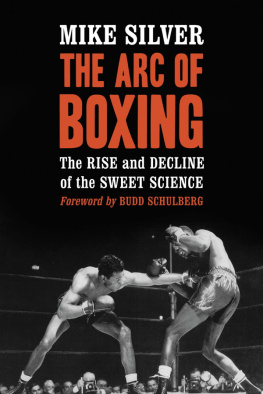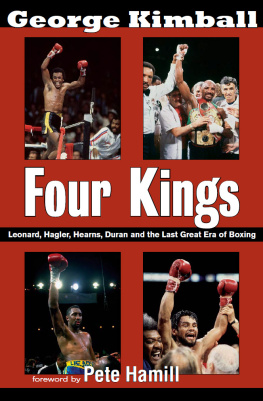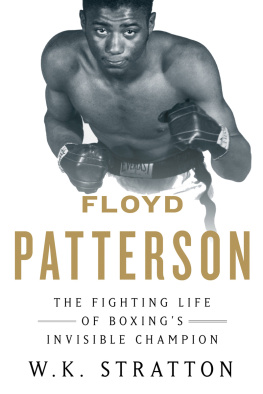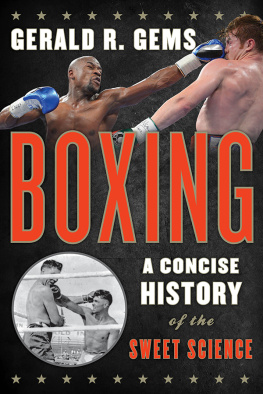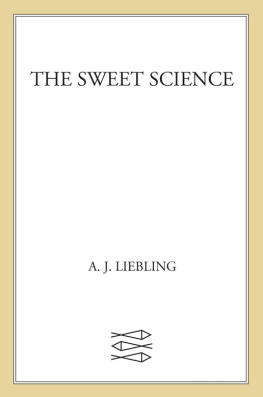
Table of Contents
Unless otherwise noted, all photographs are from the authors collection.
LIBRARY OF CONGRESS CATALOGUING-IN-PUBLICATION DATA
Silver, Mike.
The arc of boxing : the rise and decline of the sweet science / Mike Silver ; with a foreword by Budd Schulberg.
p. cm.
Includes bibliographical references and index.
ISBN 978-0-7864-3849-5
1. BoxingSocial aspectsHistory.
2. BoxingHistory.
I. Title.
GV1136.8.S56 2008
796.83dc22 2008036087
British Library cataloguing data are available
2008 Mike Silver. All rights reserved
No part of this book may be reproduced or transmitted in any form or by any means, electronic or mechanical, including photocopying or recording, or by any information storage and retrieval system, without permission in writing from the publisher.
Cover photograph: Sugar Ray Robinson (left) and Tommy Bell in the 1946 welterweight title fight (International Hall of Champions)
McFarland & Company, Inc., Publishers
Box 611, Jefferson, North Carolina 28640
www.mcfarlandpub.com
For my mother and father
of blessed memory
Acknowledgments
The author wishes to acknowledge the many people who were so very generous with their time and talent. I especially would like to thank my exceptional panel of interviewees. Mike Capriano, Jr., has been my mentor in all things boxing for the past 28 years. I am very grateful for his friendship, guidance and for keeping me focused on what was important. Teddy Atlas is one of the most remarkable individuals I have ever met. I believe I am a better person for knowing him. He has that effect on people. Bill Goodman, whom I first met in Stillmans Gym lo these many years ago, was a constant source of knowledge and support, as was the indispensable Tony Arnold and his son, Erik.
I did not know Emanuel Steward and Freddie Roach on a personal level until I contacted them and explained the concept of my book. Despite their busy schedules, both took the time to share valuable insights. Rollie Hackmer, whom I have had the pleasure of knowing from the time he was training Doug Jones in the 1960s, is now retired and boxing is poorer for his absence. Ted Lidsky, a friend since high school, has been an invaluable asset throughout. His input was hugely helpful in organizing my thoughts, not to mention fixing the occasional computer problem.
Generous to the extreme was Steve Lott, who opened his wonderful archive of photos to me, as did Jim Houlihan, Lew Manfra and Gary Schultz. Also deserving of special mention are boxing historians Dan Cuoco, Chuck Hasson, Don Majeski, Tony Fosco, Sal Rappa, Kevin Smith, J.J. Johnston, Michael Hunnicut, Bob Sherrick, Russel Peltz, Mike Wolf, Mike Casey, Don Cogswell, Tony Gee, and my booster and good friend Bob Carson, a talented artist who left us much too soon. I am also grateful for my friendship with Hank Kaplan, dean of American boxing historians for over 50 years. Hank was always accessible and loved to share his encyclopedic knowledge and voluminous files with other historians. His passing in 2007 leaves a tremendous void.
I had wanted to interview international ballet star Edward Villella ever since I read that he was a former amateur boxing champion. Writing this book gave me that opportunity. He could not have been more helpful or down to earth, a genuine class act.
Many thanks to the late Al Thomas, professor of English literature, boxing maven and noted weight lifting and body building authority, for introducing me to Terry Todd, and to Sherm Drexler for introducing me to Al. Would that it had happened years earlier.
One of the most gratifying aspects of my work was interviewing Carlos Ortiz, Wilbert Skeeter McClure, Tiger Ted Lowry and Ray Elson. Thanks for your pleasant company and insightful opinions. The late Patsy Giovanelli, a former Depression-era lightweight contender, was a friend for many years who added to my knowledge of the sweet science. Boxers will always remain my favorite athletes.
During the entire lengthy process of writing this book my devoted brother Bennett has been a bedrock of support and a brilliant creative resource. He was there for me at the very beginning of my obsession. He was only ten years old when he borrowed a book from the library that he thought his big brother might like because of his newfound interest in boxing. That bookNat Fleischers 50 Years at Ringsidealong with Stanley Westons Boxing Illustrated/Wrestling News magazine, started the ball rolling. I was hooked.
As anyone who has tried it knows, writing a book is a difficult and lonely endeavor. Words of encouragement and support are always welcome, especially when the work seems overwhelming. Thanks to the following people for their heartfelt expressions of support: Don Harwood, Elizabeth Weiner, Herb Ross, Barbara Covell, Robert Mladinich, Sallie Kraus, Stephanie Arcel, Pete Spanakos, and Toby Weston Cone.
I am also grateful to Budd Schulberg for writing the foreword and the late Jack Newfield for his suggestion on how to structure the book.
Gone, but not forgotten, are Ray Arcel, Mike Capriano, Sr., and Vic Zimet, three great trainers of the old school whom I was fortunate to have befriended.
I extend my gratitude to Paul Muchinsky, Dave Cohen, Scott Silver and Greg Zola, who critiqued drafts of the manuscript. Thanks also to Joel at Kinkos.
I dont believe this book would ever have been written had I not taken boxing lessons during my teenage years from an old school trainer named Willie Grunes. I was a 14-year-old amateur boxer being tutored in the manly art of self defense by an individual who understood boxing as an art and science. He instilled within me an appreciation of balance, leverage, footwork, combination punching and strategy. He taught me moves that, years later, on film, I saw great fighters such as Barney Ross, Tony Canzoneri, and Joe Louis perform. Willie was a perfectionist. I was admonished for a slight bend of the wrist. Standing up too straight, exposing my chin or dropping my guard was cause for a drill sergeantlike rebuke. It wasnt pleasant, but it made an impression. Willie is long gone. I like to think he would have approved of this book.
There is much about jazz that relates to boxing. The improvisation, the flow, the beauty of the notes, the tempo. Archie Moore, Light Heavyweight Champion 19521961.
The brilliant boxer is an artist, albeit in an art not readily comprehensible, or palatable, to most observers Joyce Carol Oates
Foreword
by BUDD SCHULBERG
Alas, the Manly Art of Self Defense, as the sport of boxing or fisticuffs is so grandly called, is today more honored in the breach than in the execution thereof. That is the theme of noted boxing historian Mike Silvers savvy conclusion as he compares the current boxing scene to what he justly calls the Golden Age, meaning the 1920s to the 1950s, the glory years of Jack Dempsey, Joe Louis, Sugar Ray Robinson, Willie Pep, and a host of other ring immortals.
This writer can bear witness to Mr. Silvers credentials as someone truly to be trusted as an insightful student of the contrasting fistic eras. As a boxing writer, I find myself constantly referring to Mike to get a knowledgeable estimate as to the attributes of current boxers. When a boxer like our current No. 1 pound-for-pounder, the gifted egomaniac Floyd Mayweather, lets his enlarged ego proclaim himself not just the best current fighter but the greatest of all time (a pocket-sized Muhammad Ali), thank goodness we have the seasoned professional critic, Mr. Silver, to put him in his place. When I was getting carried away in my enthusiasm for Mayweathers shut-out of our latest Cinderella Man, the Argentine upstart Carlos Baldomir, my better judgment led me to check out my superlatives with someone with a more balanced view of the subject than I have, the aforementioned Mr. Silver. He is my reality check. While I tend to get carried away with the accomplishments of todays reigning fighters, be they Shane Mosley, Winky Wright or De La Hoya, there is always the cautioning voice of Mike Silver, ready to put those fistic plusses in historical context.
Next page
